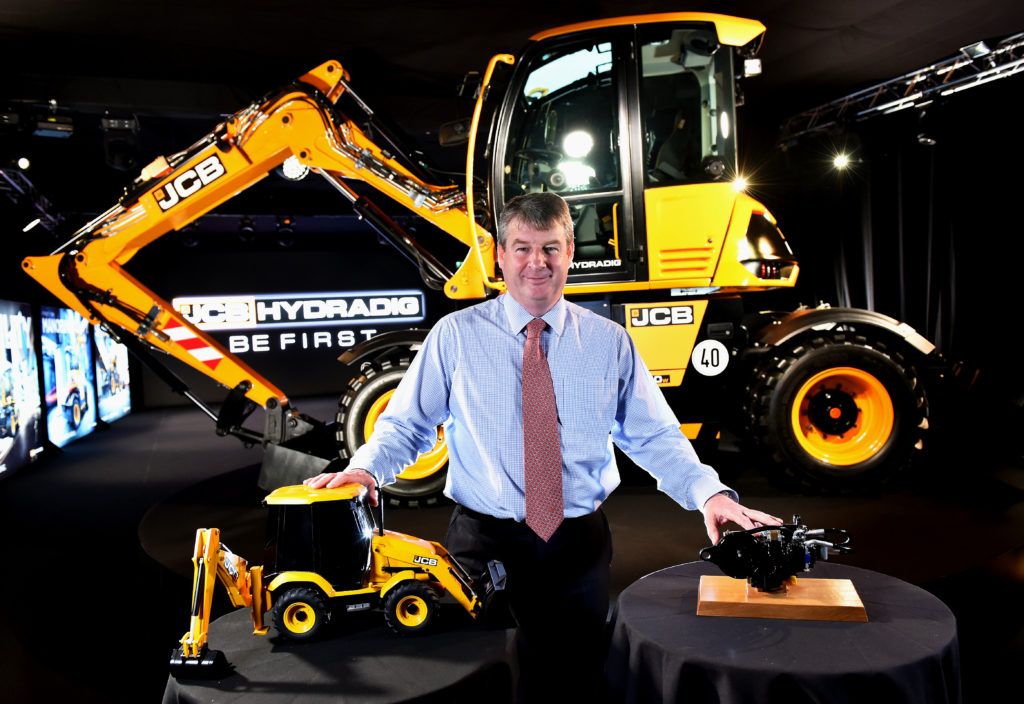The concept of full automation could be daunting, especially considering the cost, time and disruption that go into building a brand new factory or warehouse. This just isn’t a viable option for a large proportion of businesses. But full automation isn’t necessarily an appropriate strategy; there is no need to revolutionise the entire facility to achieve significant productivity and efficiency improvements. As Dr Paul Rivers, CEO, Guidance Automation explains, tactical automation can be strategic.
Balancing vision with reality
Technology is transforming every aspect of manufacturing and logistics. But while the ultimate vision may be a fully lights-out operation, delivering extraordinary levels of efficiency and accuracy 24×7 and leveraging real time data to optimise every process on the fly – the reality for the vast majority of business is very different. Few have the luxury of state of the art facilities and instead are wrestling with the challenges of escalating customer demands within space designed for very different processes. How can an organisation transition from a relatively static production line to incredibly short production runs in response to just-in-time ordering? Or embrace the dynamics of picking for multi-channel orders, with very different pick, pack and shipping requirements?
The answer is to take a tactical approach to automation. These technologies – such as Autonomous Mobile Robots (AMR) – are designed to work seamlessly with existing operations, from WMS to ERP, enabling rapid adoption with minimal disruption. With the right technology in the right place, companies can automate mundane, repetitive tasks – releasing the workforce to be upskilled to take on more intelligent or complex jobs.
This key is to identify the right opportunities that can deliver immediate gains. For instance, why use an employee to pull a tug around the warehouse when an AMR is fully capable and safe to perform that role? Why endure the daily congestion created at shift change or break when all forklift trucks are returned to the same charging area, when AGVs can be deployed and charged far more flexibly, enabling route optimisation and avoiding congestion?
Process review
Successfully adding automation to an existing environment requires organisations to undertake two key steps. Firstly, identify the right processes to automate. Secondly, be realistic and pragmatic about the affordable and achievable degree of change. By undertaking a process review and assessment, a company can better understand where automation can be simply and effectively deployed not only to gain productivity improvements but also release staff to take on other tasks.
Furthermore by truly understanding the business objective of an initial investment in automation, companies can better determine the best approach to realising that goal. For example, adding both AGVs and mobile conveyors may deliver significant efficiency gains – but there is no need to introduce both technologies at once. These are incremental solutions that can be layered onto an existing operation over time. Plus, of course, these technologies provide a raft of real time data that provides invaluable insight to support on-going automation investment. It helps companies to identify problems and prioritise processes that would most benefit from automation.
The additional benefit of this tactical approach is that it provides a gradual evolution for the workforce, enabling an organisation to manage expectations and build up new skillsets to ensure staff remain both motivated and valuable. They get a chance to become familiar with each stage of the automated process and enjoy the benefits – such as the reduction in heavy lifting.
Conclusion
Call it Industry 4.0, automation or robotics – intelligent technologies will have a fundamental impact on the way manufacturing and logistics organisations operate. But change does not have to be wholesale. Taking a tactical approach to automation will deliver strategic benefit. Leverage current assets. Implement intelligence. And introduce automation in increments. There’s no need to rip and replace entire facilities.





